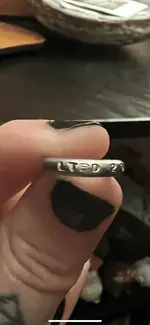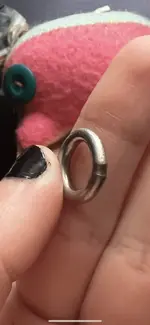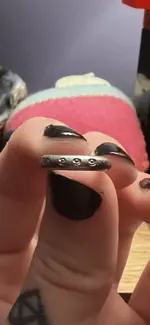i'm trying to decrypt my rescue greys band type, and most everything is pointing to her being an import aside from the lettering & numbering on the band itself.
she has a rounded ring, and i suppose it's an 'open' ring, although the two ends of the ring have been firmly and flatly squeezed closed.
on the ring it reads: LTBC 1 269
which, for obvious reasons, is a little confusing because LTBC 1 269 are clearly more letters than should be listed for an import bird. the only thing i know for sure is she's over 11 years older. she could be in her 20s for all i know.
is there a chance that she wasn't wild caught after all ? the band type makes me want to say she is, but the lettering on it doesn't seem to matchup with any listings i can seem to get my hands on.
i found a pretty useful thread here regarding info, as well as here, however neither says anything about 4 letter bands or 4 numbered bands.
anyone have any insight ? this is all more for my own curiosity than necessity, but it hadn't occurred to me that she could genuinely be wildcaught before.


she has a rounded ring, and i suppose it's an 'open' ring, although the two ends of the ring have been firmly and flatly squeezed closed.
on the ring it reads: LTBC 1 269
which, for obvious reasons, is a little confusing because LTBC 1 269 are clearly more letters than should be listed for an import bird. the only thing i know for sure is she's over 11 years older. she could be in her 20s for all i know.
is there a chance that she wasn't wild caught after all ? the band type makes me want to say she is, but the lettering on it doesn't seem to matchup with any listings i can seem to get my hands on.
i found a pretty useful thread here regarding info, as well as here, however neither says anything about 4 letter bands or 4 numbered bands.
anyone have any insight ? this is all more for my own curiosity than necessity, but it hadn't occurred to me that she could genuinely be wildcaught before.





